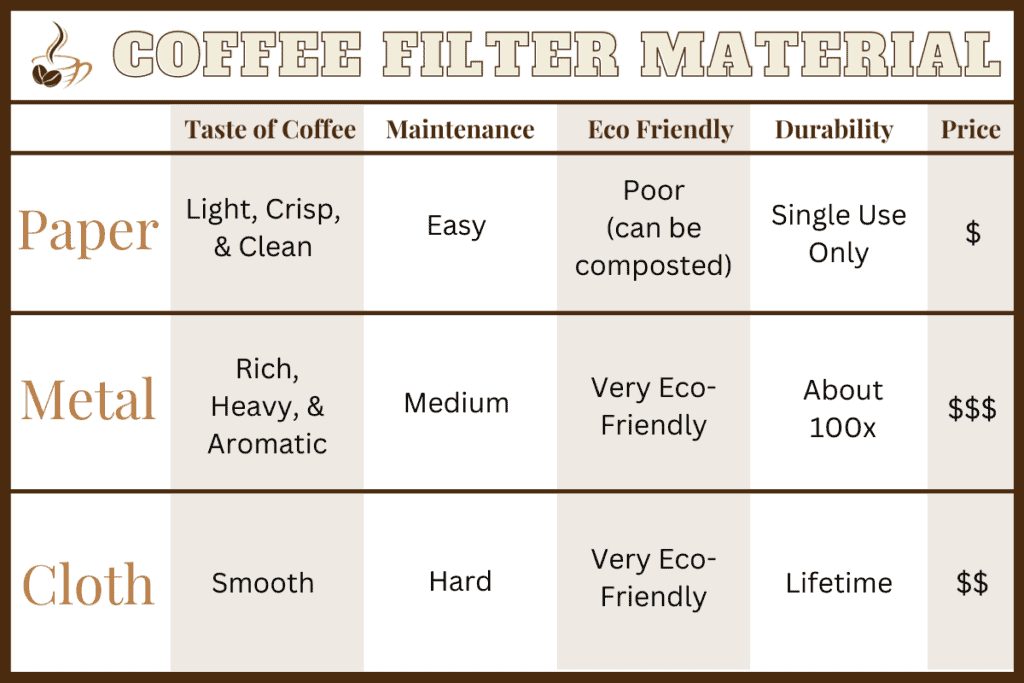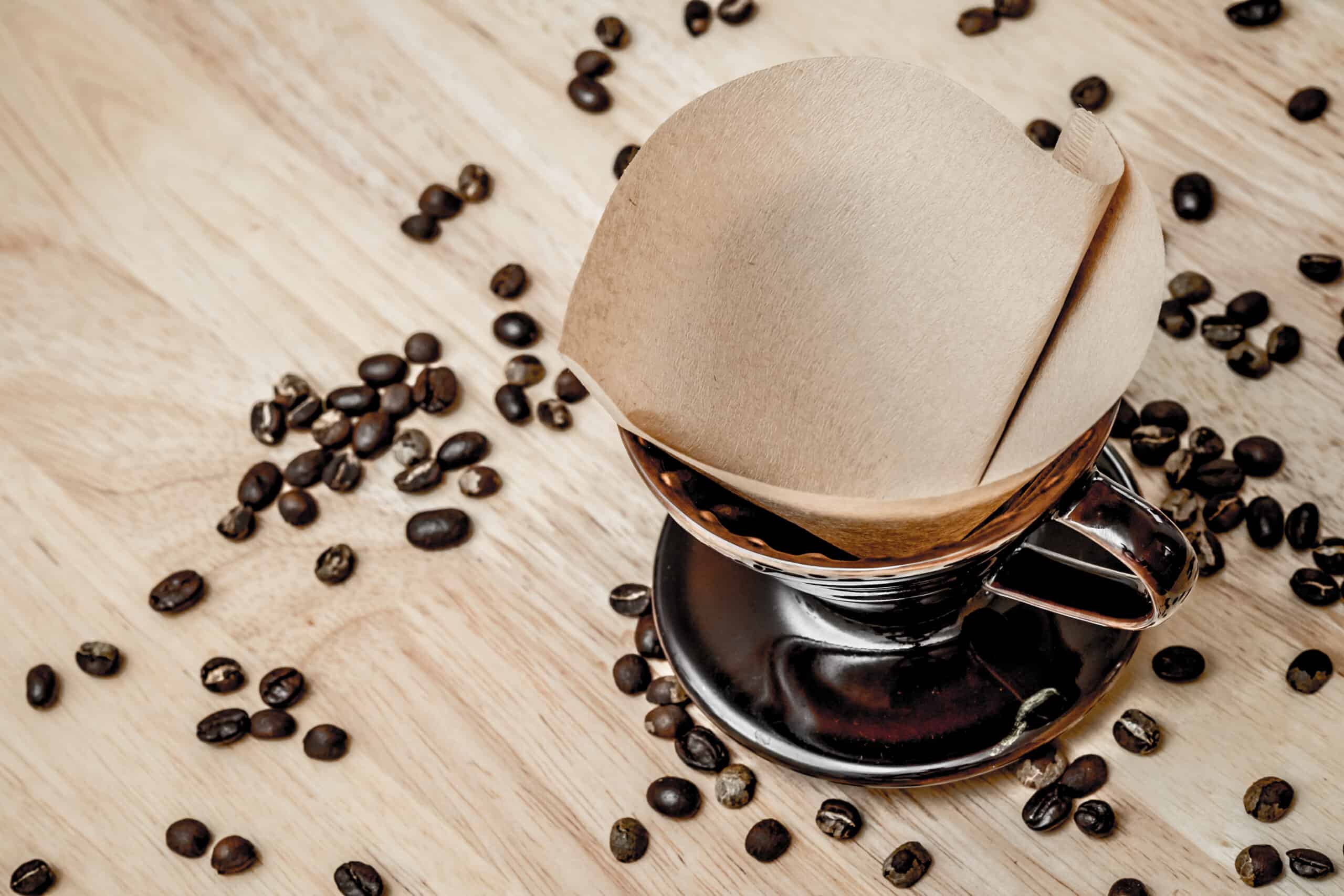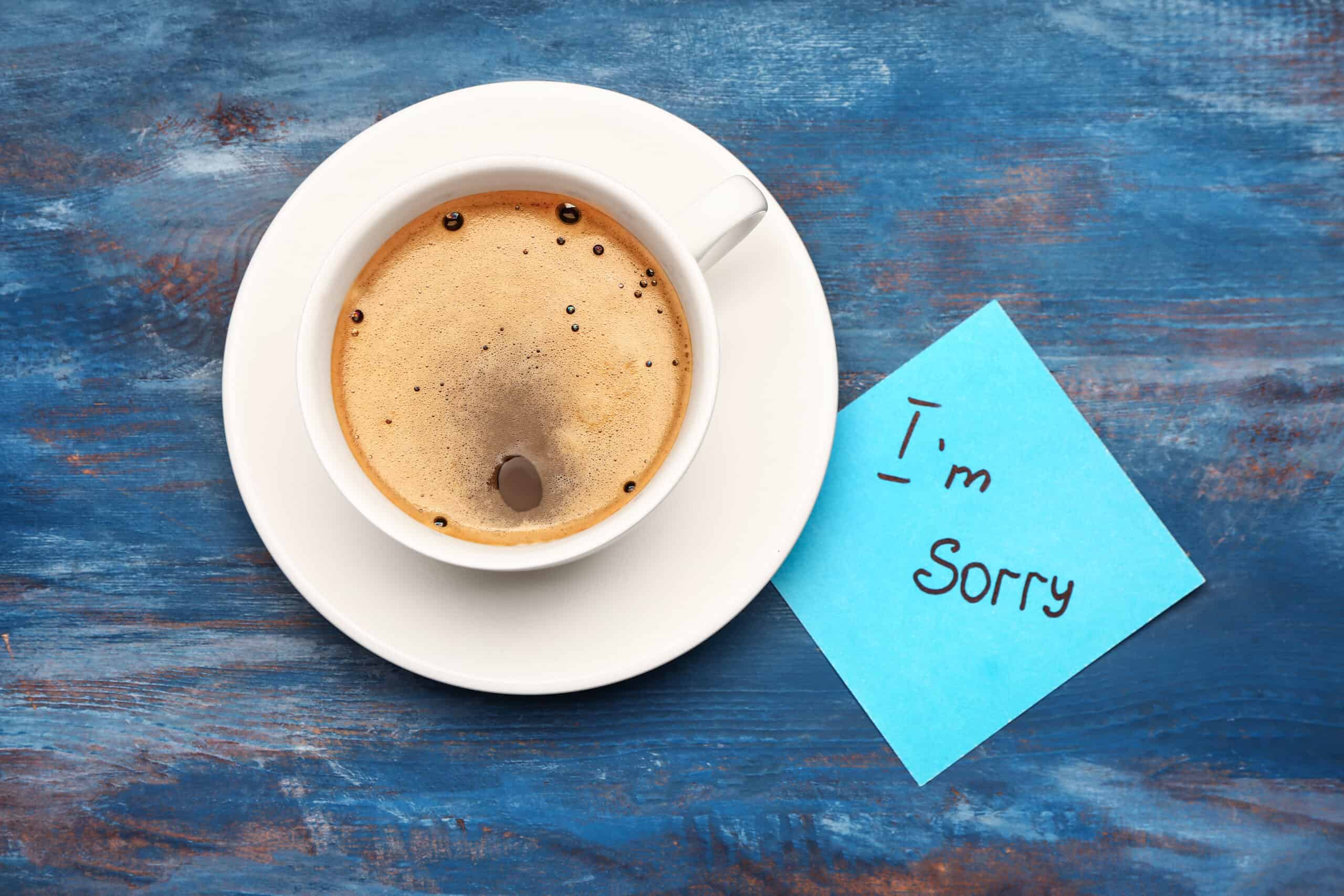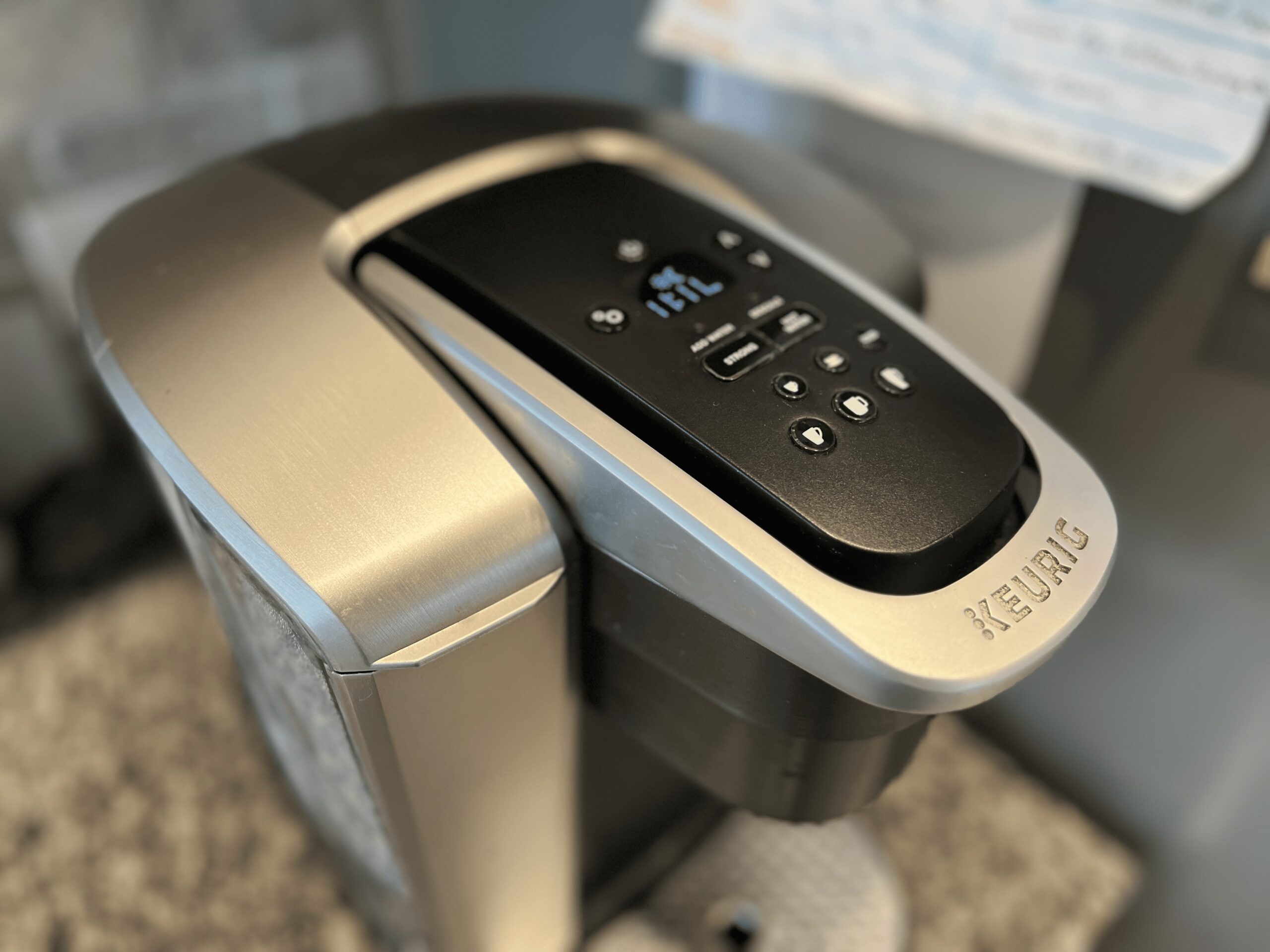There are many factors to consider when choosing how to brew your coffee every day. You’ve most likely thought about whether you should use a drip system, pour-over, french press, or even a Keurig. But there’s another factor to ponder: how to choose the right coffee filter?
With such a wide variety of options for a simple product, you’re probably wondering what the differences are and which you should use.
Well, you’ve come to the right place. Throughout this guide, we’ll go over all the coffee filters available, along with when you should use each one. Let’s first quickly look through the ones we’ll go over today.
Different Types of Coffee Filters
- Paper Filters
- Metal Filters
- Cloth Filters
- Cone Filters
- Basket Filters
- Disc Filters
Coffee Filter Material
Coffee filters are made from three different types of material: paper, metal, and cloth. Each has its own qualities, and it’s a mere preference by the user on which they like. Take a look at the table below comparing paper, metal, can cloth coffee filters. Then we’ll take a closer look into each one.

Paper Coffee Filter
Disposable paper filters are likely the most commonly bought due to their low cost and ease of use. There’s no cleaning needed as you throw away after each use. Although they are not necessarily eco-friendly since they can’t be reused, paper filters can be composted to reduce waste.
For more information on composting coffee filters along with coffee grounds, click here!
Keep in mind that even though they are the least expensive on the shelf due to them being a single-use item, you will actually spend more money in the long run, having to repurchase them over and over again compared to metal or cloth filters which last much longer.
Paper filters are great at absorbing the natural oils (called diterpenes) and sediment, leaving you with a clean-tasting cup of coffee.
Check out our other article, “Can You Reuse Coffee Filter?”

Bleached vs. Unbleached Paper Coffee Filters
Paper filters come in bleached and unbleached forms.
Using bleached and unbleached paper filters are fairly the same. Bleached coffee filters go through a process that removes the color, producing that bright white. Depending on the company, bleaching is done with either oxygen or chlorine.
The oxygen-bleached method is preferred over chlorine because it uses less harmful chemicals.
When using bleached white filters, your coffee will taste smooth and free from coffee grounds while eliminating the papery taste you will encounter with unbleached filters.
Unbleached coffee filters are going to be brown in color and more eco-friendly. Although bleached filters can be composted as well, unbleached are better since they don’t contain the extra whitening chemicals.
The only disadvantage of using unbleached coffee filters is that they should be rinsed beforehand so as not to get a papery taste in your cup of coffee. To rinse the filter, carefully pour hot water over the filters.

Metal Coffee Filter
Metal filters are typically used in pour-overs and are made of a stainless steel mesh. Compared to paper filters, metal ones are very eco-friendly since they are reusable. They can be used about 100 times before needing to be replaced.
Maintenance is relatively easy. You can either hand wash them or place them in the top rack of your dishwasher. They may cost more upfront, but remember they last much longer.
Metal filters will allow some oils and sediment through to your cup, resulting in a tasty mouthfeel and bold flavor. When using metal filters, a coarser grind size is recommended which will affect the extraction process.
Some people don’t appreciate the sediment left in their cup and opt for paper filters instead. But for those who don’t mind, enjoy a sweeter and richer cup of coffee.

Cloth Coffee Filter
Cloth coffee filters are likely the least popular due to the time and effort it takes to clean and maintain them. They cost somewhere between paper and metal filters and produce a smooth cup of coffee.
Like the metal ones, cloth filters filter out all of the sediment but leave much of the flavorful oils. Most of these filters are made of a natural fabric like organic cotton, with linen and hemp being the alternatives.

Coffee’s Flavor and Filter Material
Before we move on to filter shapes, let’s quickly compare coffee taste when using the various filter materials. As we discussed, the paper ones filter out the most oils and sediments, producing a light-bodied and bright flavor cup of coffee.
On the other hand, the metal filters only filter out a small portion of the oils and sediments, producing a more bold, rich cup of coffee with a fuller mouthfeel.
Finally, we have cloth. As mentioned, cloth filters produce a cup of coffee in the middle of paper and metal filters. The coffee is light, rich in taste, and full-bodied.
Coffee Filter Shapes
Alright, now that we’ve gone over the different materials from which coffee filters are made, let’s discuss the different shapes they come in: cone, basket, and disc.
Depending on your brewing method, you may be stuck with a particular shape. Many drip coffee makers and pour-over devices allow you the option to use two filter shapes: conical or basket. Using one over the other can have a noticeable difference in the taste of your coffee. Let’s look at each one separately.
- Conical Filters: Cone-shaped filters are very popular among coffee lovers and look similar to a waffle ice cream cone.
- Basket/Flat Bottom Filters: A basket-shaped filter is most likely what you’re most familiar with. They have a flat bottom with sides, much like the liner of a cupcake. Due to their flat bottoms, the coffee grounds are often under-extracted, which can negatively affect the taste of your coffee. The shape of the basket filter affects how the water flows through the ground coffee, thus impacting how it is extracted.
- Disc: Disc-shaped filters are primarily used in Aeropresses and French Presses. When using this type of filter, we recommend using medium-ground coffee.
Filter Shapes, TDS, and Coffee Taste
TDS stands for Total Dissolved Solids and refers to the degree of extraction. In layman’s terms, it means the amount of coffee in your cup. A higher TDS refers to coffee that has been fully extracted, while a lower TDS refers to coffee that hasn’t been fully extracted.
The Specialty Coffee Association of America, SCAA, found that flat-bottom basket filters make coffee with lower TDS when compared with the TDS of cone coffee filters.
How does the amount of TDS affect the taste and flavor of your coffee? Basket filters produce sweeter notes, including honey, florals, fruits, and tea. Cone filters make more earthy notes, including cocoa, dried fruit, smoke, and umami.

Final Thoughts
As you can see, coffee filters come in many different types of materials, shapes, and sizes. Each has its own uses and qualities that will contribute to a specific taste of your coffee.
Be sure to read up on the coffee brewing device you are working with before purchasing filters. This will typically dictate what shape and size you are required to use. You can usually decide for yourself which material you prefer to use.
Start experimenting with the various filter types and enjoy that cup of coffee!
Coffee Pot Mistakes to Stop Making Today
When the coffee from your favorite pot starts tasting weird, many people assume their coffeemaker is on the fritz. While that could be the case, it might also be that…
When Should I Replace My Keurig?
Whether you’re already an owner of a Keurig coffee machine or are looking to purchase one, you want to make sure to get your money’s worth. Depending on what model…


